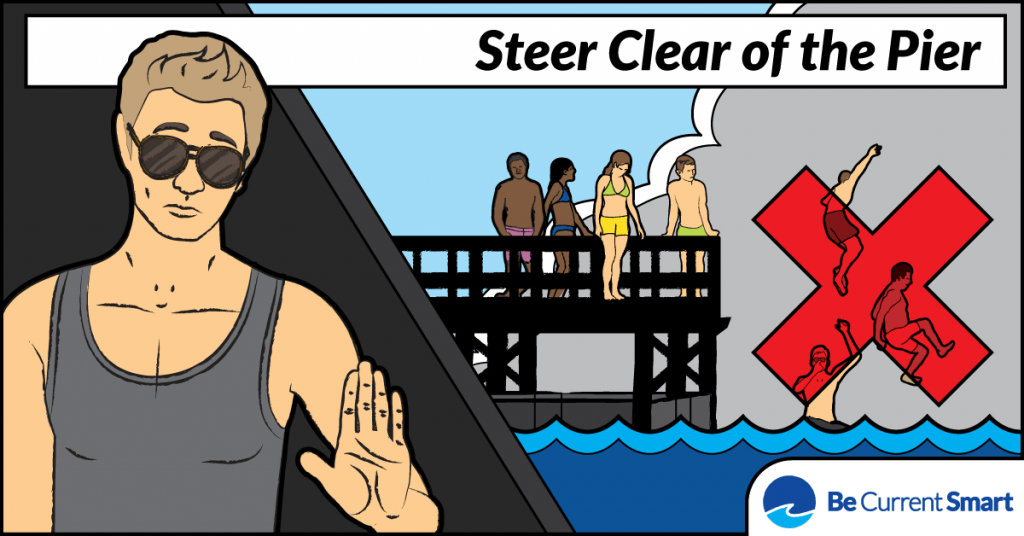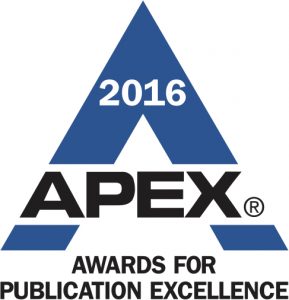July 5th, 2017 by Carolyn Foley
Illinois-Indiana Sea Grant (IISG) is proud to support two real-time monitoring buoys in southern Lake Michigan, one located just north of Michigan City, Indiana and the other near Wilmette Harbor, Illinois. Recently, users have started pitching in with donations to help keep the buoys afloat.
The buoy program started when a Purdue researcher pointed out that there were no real-time data being collected in Lake Michigan’s Indiana waters. A few years later, concerned citizens and sailors pointed to a similar need for the Illinois shoreline. Now, the two IISG buoys are filling information gaps for anglers, sailors, swimmers, and weather professionals who are interested in this part of the lake.
Over the years, buoy users have made phone calls, emails, and interactions through Twitter and Facebook to share that the buoys are valued and needed. We at Sea Grant have enjoyed hearing how our fans use buoy information. All told, lake enthusiasts are checking our real-time buoy data nearly 30,000 times per year!
Putting a buoy in the water, year after year, requires many things to happen. Weather conditions, equipment, people, and technical services have to come together perfectly to keep the buoys operational. This program would be impossible without sufficient funding.
Sea Grant’s buoy managers, Carolyn Foley and Jay Beugly, try to support the buoys with grants, but those funds can be hard to come by. When the unexpected happens, like a power-generating solar panel comes loose, or it takes three trips to remove a hook found tangled in wires at a depth of 30 feet, we burn through our funds pretty quickly.
IISG is constantly on the lookout for partnerships to help keep the buoys afloat, but you can also make a donation. The funds raised will go directly toward the buoy program, supporting data charges, travel costs, repairs, and upgrades. Already, folks are stepping up and donating to keep the buoys operational.
We love providing the buoy data as a service to everyone and helping families stay safe during these summer days. Please join your fellow buoy fans and consider donating today!
Illinois-Indiana Sea Grant is a part of University of Illinois Extension and Purdue University Extension.
June 23rd, 2016 by iisg_superadmin
The Be Current Smart water safety campaign won an APEX Award of Excellence for its social media effort last summer. At the heart of this award are the colorful graphics designed by IISG’s Joel Davenport. Communicator Anjanette Riley planned the social media promotion of the graphics on Facebook, Twitter and Google.

Be Current Smart is a collaborative Great Lakes project led by Michigan Sea Grant, Wisconsin Sea Grant and IISG. With funding from NOAA, Be Current Smart provided important safety and rescue equipment to beach managers and others in Michigan, Wisconsin, Illinois and Indiana. The project also included bringing together water safety experts and managers in the region and developing new outreach messages for beachgoers.

The IISG communication team led the social media component of this outreach effort, which included seven cartoon graphics with water safety tips. These graphics ran in most of the Great Lakes states and resulted in over 1.3 million impressions. This campaign is up and running again this summer on Facebook, Instagram, and Twitter. To see all the graphics and learn more about how to Be Current Smart, visit Michigan Sea Grant’s Dangerous Currents website.
June 2nd, 2015 by iisg_superadmin
With the water sports season in full swing, a coalition of Indiana officials and community groups is hosting a Water Safety Day to raise awareness of safe boating and swimming practices. Hoosiers are invited to the U.S. Coast Guard Station in Michigan City on June 6 from 10 am to 2 pm.
More than 20 people drowned in Lake Michigan last year, and many of those incidents took place at the southern end of the lake. Since 2010, roughly 380 people have drowned in the Great Lakes according to data collected by the Great Lakes Surf and Rescue Project (GLSRP).
Water Safety Day will feature information on everything from choosing proper boating equipment to tools developed by the National Weather Service (NWS) and Indiana Department of Environmental Management (IDEM) that tell beach-goers when and where it’s safe to be in the water. Paddlers and boaters can also hear about best practices from the Northwest Indiana Paddling Association (NWIPA) and the U.S. Coast Guard (USCG).
The event will also feature messages from a new regional water safety campaign with tips for steering clear of dangerous currents and waves. The Be Current Smart campaign encourages swimmers not to jump off structures or enter the water when waves are high. And parents are reminded to “be a water watcher” and keep a close eye on children while they’re in the water.
In addition to hosting Water Safety Day, the Southern Lake Michigan Water Safety Task Force will also participate in several Coastal Awareness Month events slated through June. The group, which was formed last year by IISG, includes representatives from Indiana’s Lake Michigan Coastal Management Program, Indiana Dunes State Park, USCG, NWS, IDEM, GLSRP and NWIPA, as well as officials and beach managers in several coastal communities.
January 30th, 2014 by Irene Miles
The Municipal Water Reclamation District of Chicago is able (and required) to move towards full compliance with the Clean Water Act and other related guidelines as a result of a federal judge approving the consent decree.
“Some good and long-awaited stormwater news quietly dropped the other day—a federal judge approved the Metropolitan Water Reclamation District of Greater Chicago’s (MWRD) Consent Decree, which is a binding agreement detailing very specific steps MWRD will take to move toward full compliance with the Clean Water Act and other federal guidelines on an equally specific timeline. There has been and will continue to be debate about whether the Consent Decree is strong enough, fast enough or green enough. But the reality is that it is now in place, and I’m excited that we can finally get to work on something, rather than sitting around waiting. I don’t read too many court rulings, but I found this one quite scannable.
MWRD, of course, is responsible for wastewater and stormwater management throughout Cook County; on a daily basis it discharges treated effluent to area waterways, and that water must meet Clean Water Act standards. The same requirements hold true in storms, and that’s where most of the impetus for the Consent Decree lies: If there is more rain more quickly than MWRD’s infrastructure system can handle, the result is overflows of untreated wastewater and stormwater into those same waterways…resulting it MWRD being out of compliance with aspects of its Clean Water Act (and associated regulation) requirements. To be fair, many other metropolitan areas have the same problems, and as a result have their own Consent Decree in place. Several years ago MWRD, the U.S. Environmental Protection Agency and the Ill. Environmental Protection Agency began working out the requirements—finish the Tunnel and Reservoir Plan (TARP) by X, improve collection of ‘floatables’ in our waterways by Y, etc. When the draft Consent Decree was released for public comment, two separate coalitions of environmental organizations opined that the whole thing should be faster and greener. A federal judge was asked to determine if the requirements were reasonable, that went on for a bit, he decided they were, and now it’s what we have to work with, so let’s get to work.”
Read the complete post at the link above, which contains information on specific targets and goals related to moving toward Clean Water Act compliance.





